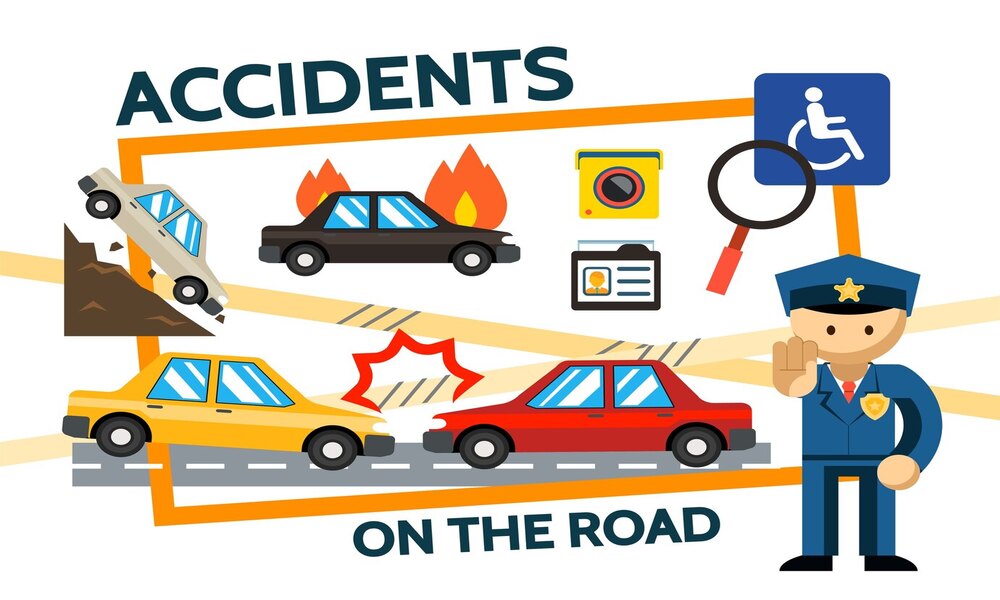US to Enhance Vehicle Safety Ratings in 2025: A New Era for Consumer Protection

In 2025, the United States is taking a bold step towards improving vehicle safety by enhancing its vehicle safety ratings. The National Highway Traffic Safety Administration (NHTSA) has announced significant changes to its crash testing and safety evaluation procedures, focusing on improving the accuracy and comprehensiveness of vehicle safety assessments. These updates are aimed at providing consumers with better, more detailed information about the safety features and performance of the vehicles they purchase, ultimately driving improvements in automotive safety across the industry.
Expanding the Scope of Safety Tests
The enhanced safety ratings will include new, more rigorous tests to assess how vehicles perform in real-world crash scenarios. In particular, NHTSA is expanding its crash testing to include a wider range of crash types and scenarios. This includes testing vehicles in side-impact crashes, rollovers and pedestrian collision simulations to better understand how they protect occupants in various types of accidents.
In addition to traditional crash tests, the new ratings will focus more heavily on the effectiveness of advanced driver-assistance systems (ADAS), such as automatic emergency braking, lane-keeping assist, and adaptive cruise control. These technologies, which are becoming standard in many new vehicles, are integral to preventing accidents and reducing the severity of crashes. The updated safety ratings will give consumers a clearer picture of how well these systems perform in real-world conditions.
Incorporating New Safety Technologies
As vehicle safety technologies continue to evolve, NHTSA’s enhanced ratings will take into account newer innovations such as driver monitoring systems and advanced airbag designs. With the rise of semi-autonomous and fully autonomous vehicles, NHTSA is also adapting its safety evaluation criteria to include technologies that could play a pivotal role in accident prevention and occupant protection.
In particular, the 2025 safety ratings will address the effectiveness of systems designed to monitor driver alertness and intervene if the driver is distracted, fatigued, or unresponsive. These systems, which include in-vehicle cameras and sensors, can detect when a driver is not paying attention to the road and provide alerts or take corrective actions, such as steering the vehicle back into the lane.
Impact on Consumer Confidence and Industry Standards
The updated vehicle safety ratings are expected to have a significant impact on both consumers and the automotive industry. For consumers, the new ratings will provide more transparent and comprehensive information about the safety of vehicles, allowing them to make more informed decisions when purchasing cars. By highlighting the importance of safety technologies, NHTSA hopes to encourage automakers to prioritize the integration of these features in their vehicles, which could ultimately lead to a reduction in traffic fatalities and injuries.
For the automotive industry, the enhanced safety ratings will raise the bar for vehicle manufacturers, pushing them to invest in cutting-edge safety technologies and improve the overall performance of their vehicles in crash tests. Automakers that consistently perform well in these updated ratings could gain a competitive advantage in the market, while those that fail to meet the new standards may face consumer backlash and potential regulatory scrutiny.
Collaborating with Other Agencies and Stakeholders
NHTSA is not working alone in this effort to enhance vehicle safety. The agency is collaborating with other regulatory bodies, industry groups, and safety advocacy organizations to ensure that the new safety ratings are based on the latest research and best practices. This collaboration will help ensure that the ratings reflect real-world risks and align with global safety standards, as automakers continue to design vehicles for a broader, more diverse consumer base.
By incorporating input from a wide range of stakeholders, including safety experts, engineers, and the public, NHTSA aims to create a safety rating system that is both comprehensive and adaptable to the rapidly changing automotive landscape.
Looking Forward: A Safer Future for US Drivers
The enhanced vehicle safety ratings program marks a significant step forward in the US government’s efforts to improve road safety and protect drivers, passengers, and pedestrians. With more detailed crash testing, a greater emphasis on advanced safety technologies, and a stronger focus on real-world crash scenarios, the new ratings will provide consumers with a clearer understanding of how well a vehicle performs in terms of safety.
In the coming years, as vehicle safety technologies continue to evolve, the safety ratings system will likely undergo further updates to account for new innovations in autonomous driving, vehicle-to-vehicle communication, and other emerging technologies. These ongoing improvements will contribute to the long-term goal of reducing traffic-related fatalities and injuries, ultimately making the roads safer for everyone.
As automakers respond to these new standards, the US is poised to see significant improvements in vehicle safety, setting a global example for how advanced safety ratings can lead to a more secure and sustainable future in transportation.
Visit Latest Interviews
Recent Posts
Related Articles
Why You Should Think About Your Domain Extension Before You Think About The Name?
Think of your domain extension like a surname—it wraps up your web...
ByGlobal Leaders ViewAugust 19, 2025Germany’s ‘Energiewende’ Initiative: A Vision for a Sustainable Future
Germany’s ambitious energy transition, known as the Energiewende, aims to shift the...
ByGlobal Leaders ViewJanuary 27, 2025Global Platform on Sustainable Cities Established
In a groundbreaking move toward addressing the challenges of urbanization and climate...
ByGlobal Leaders ViewJanuary 27, 2025Singapore’s Green Urbanism Initiatives
Singapore, known for its modern skyline and bustling urban environment, is also...
ByGlobal Leaders ViewJanuary 27, 2025















Leave a comment